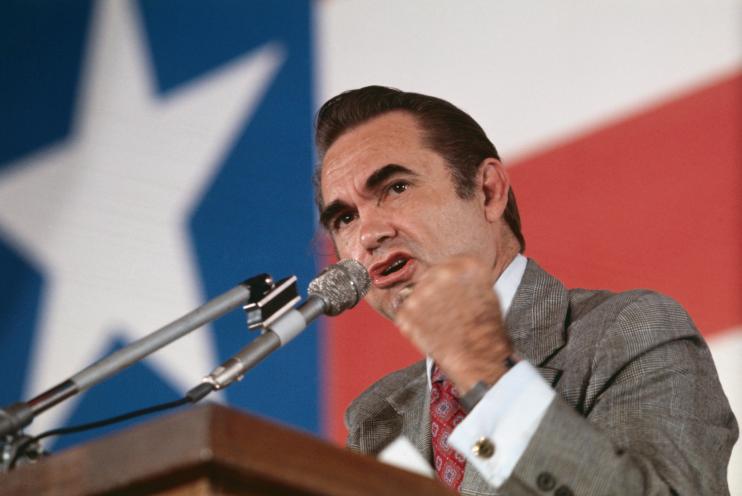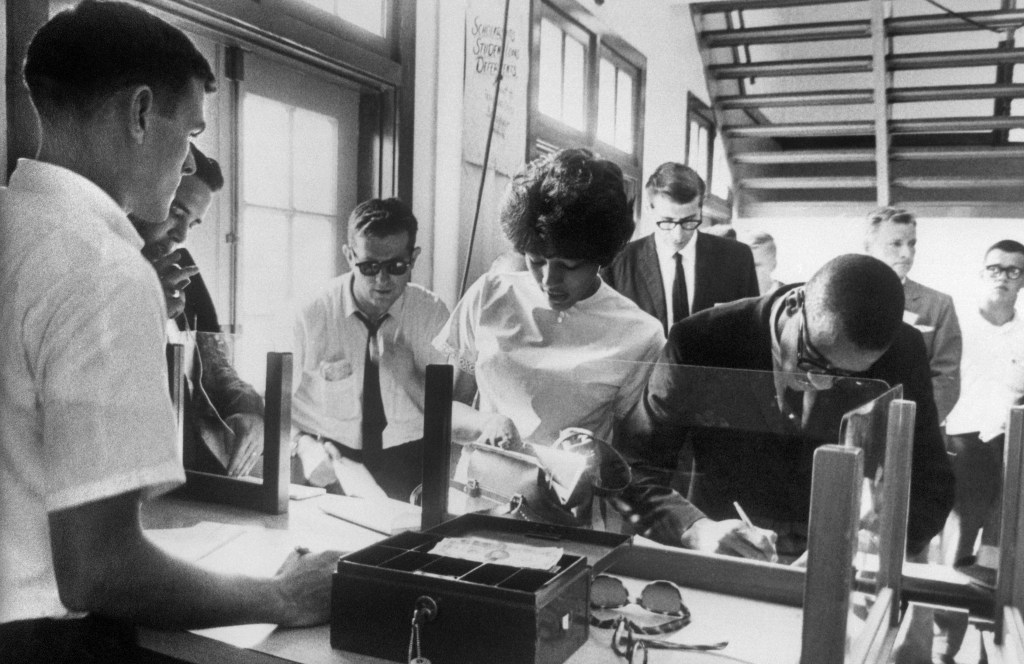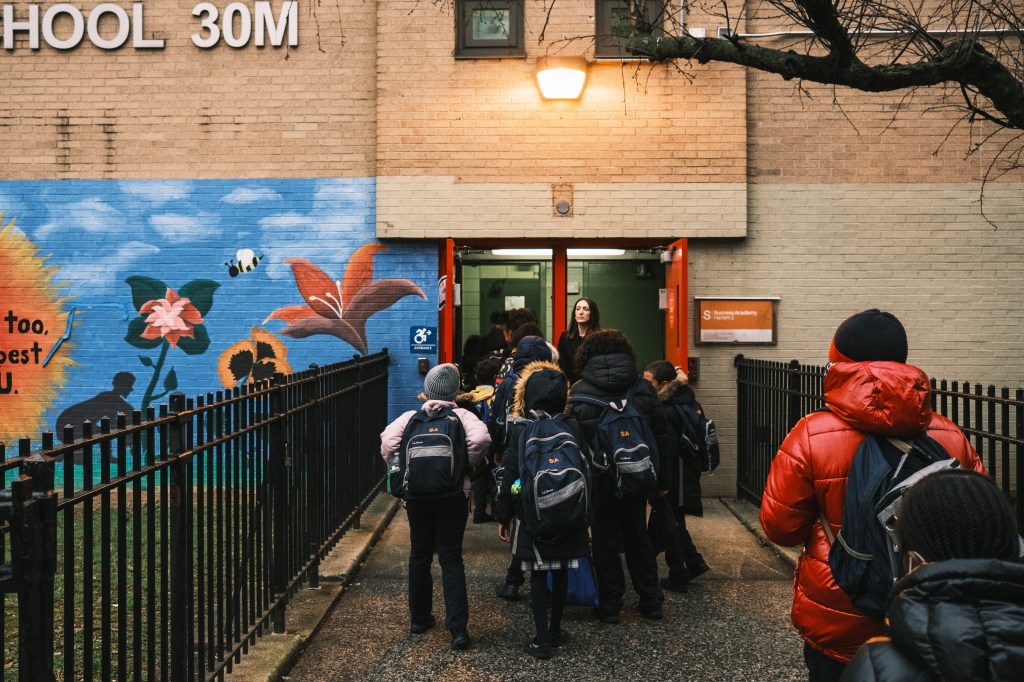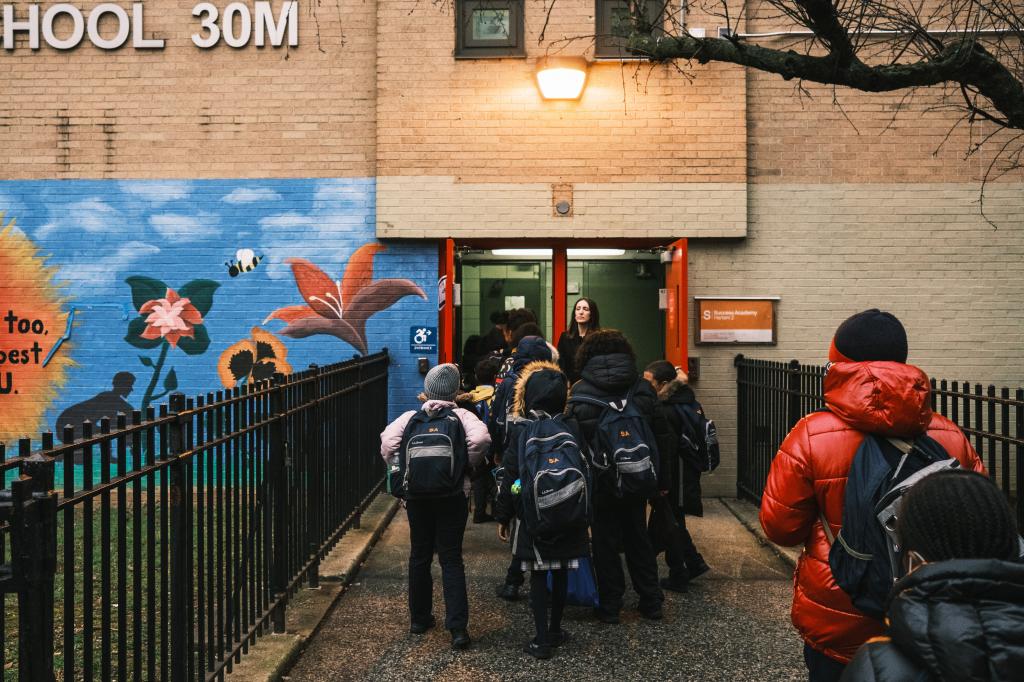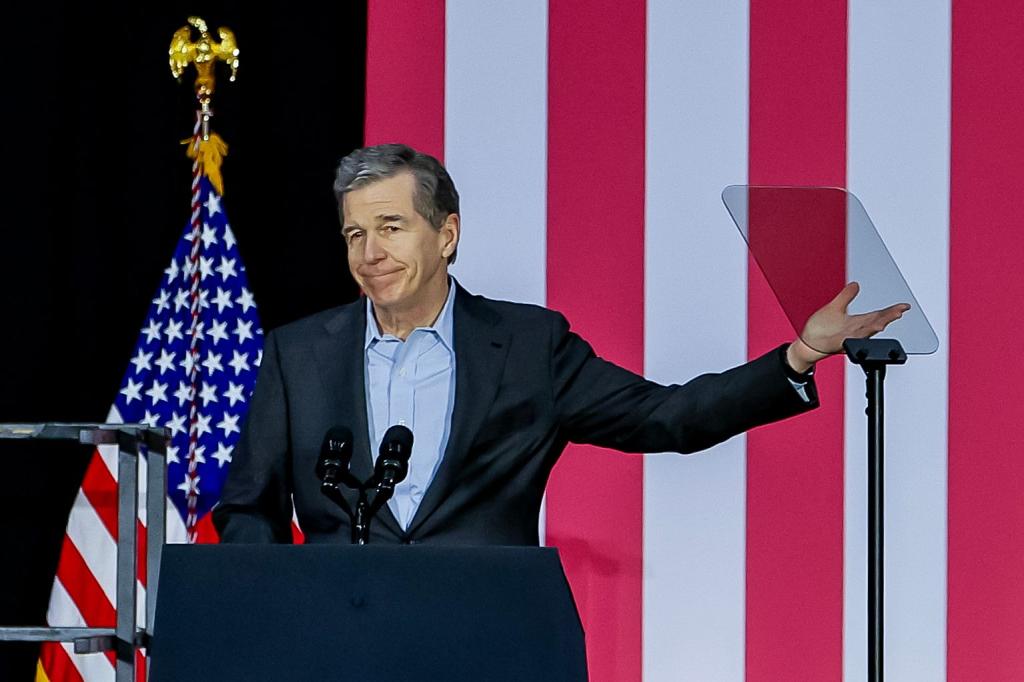Sixty years ago this summer, Alabama Gov. George Wallace stood before the doors of the University of Alabama to prevent two black students, Vivian Malone and James Hood, from entering.
Wallace had infamously declared in his inauguration speech a few months before: “Segregation now. Segregation tomorrow. Segregation forever.”
His symbolic last stand against racial integration ended when federal marshals escorted Malone and Hood into the school.
The stain of segregation and “separate but equal” schools was slowly coming to an end.
Yet now, 60 years later, look who’s blocking the doors to better schools for minority kids: a new generation of modern-day Wallace Democrats who oppose school-choice programs meant to benefit low-income students, especially black and Hispanic families in districts with failing schools.
We’ve heard a lot of indignation from liberal voices and Democratic politicians in recent days about the Supreme Court decision prohibiting racial preferences in college admissions.
But many of these same voices oppose what is arguably the most critical civil-rights issue of our time: the right of minority children to attend great elementary and high schools.
Across the country, there are hundreds of public schools where a majority of black and Hispanic children are not reading or doing math at grade-level proficiency.
Their parents are striving for something better: excellence.
School-choice programs that let education dollars follow the kids have expanded to more than a dozen states this year, boosted by their success in Florida and Arizona where parents can send their kids to charter schools, Catholic schools, math and science schools, exceptional-student-services programs or whatever meets the specific needs of their children.
In most states with school choice, it is black, Hispanic and Asian kids who benefit most from these programs.
The vast majority of studies have shown improvements in academic achievement, post-secondary attainment and parental satisfaction.
And instead of draining public schools of funds, per-child spending in public schools has risen when parents exercise their school-choice options.
Despite these successes and the growing popularity of the programs, Democratic politicians (and even some Republican lawmakers) still won’t allow low-income kids access to better schools.
Two Democratic governors, Roy Cooper of North Carolina and Katie Hobbs of Arizona, are actively trying to limit school choice.
Cooper even declared a “state of emergency” to prevent kids from leaving their assigned schools — the height of irony, as his own daughter attended an elite private school.
Apparently, some Democrats now believe access to excellent schools should be restricted to kids of wealthy white parents.
Meanwhile, in Illinois, Nevada and Arizona, at the behest of teacher unions, Democrats are trying to defund school-choice programs that are already working for poor and minority kids.
Even worse, New York’s Democratic lawmakers at the behest of the United Federation of Teachers essentially banned new charter schools in Harlem’s District 5 (whose charters are already oversubscribed) and maintained strict limits on charter schools elsewhere.
This is forcing thousands of kids, mostly black, to be warehoused in the city’s severely underperforming public schools.
Yet school choice is proving to be an effective way to desegregate schools, much more so than even busing could ever achieve.
Of seven major studies examining the impact of school choice on racial integration, six found a positive effect and one found a neutral effect.
Most charter schools and voucher schools are color-blind on admissions.
By contrast, because so many neighborhoods and districts are still racially divided, the public schools in urban areas remain de facto segregated.
In the 1950 and ’60s, the George Wallace Democrats wanted to force minorities to attend segregated schools that were intentionally separate and anything but equal.
Now, by opposing school choice, many Democrats, in effect, are doing the same thing: violating the basic civil right of Americans of all races and incomes to choose a better education for their kids.
Stephen Moore is a co-founder of the Committee to Unleash Prosperity, where Michelle Crumpton-Harvey, who’s worked in education for more than 20 years, is a senior fellow in education reform.
